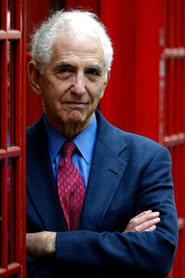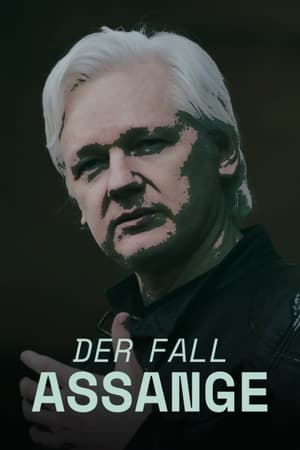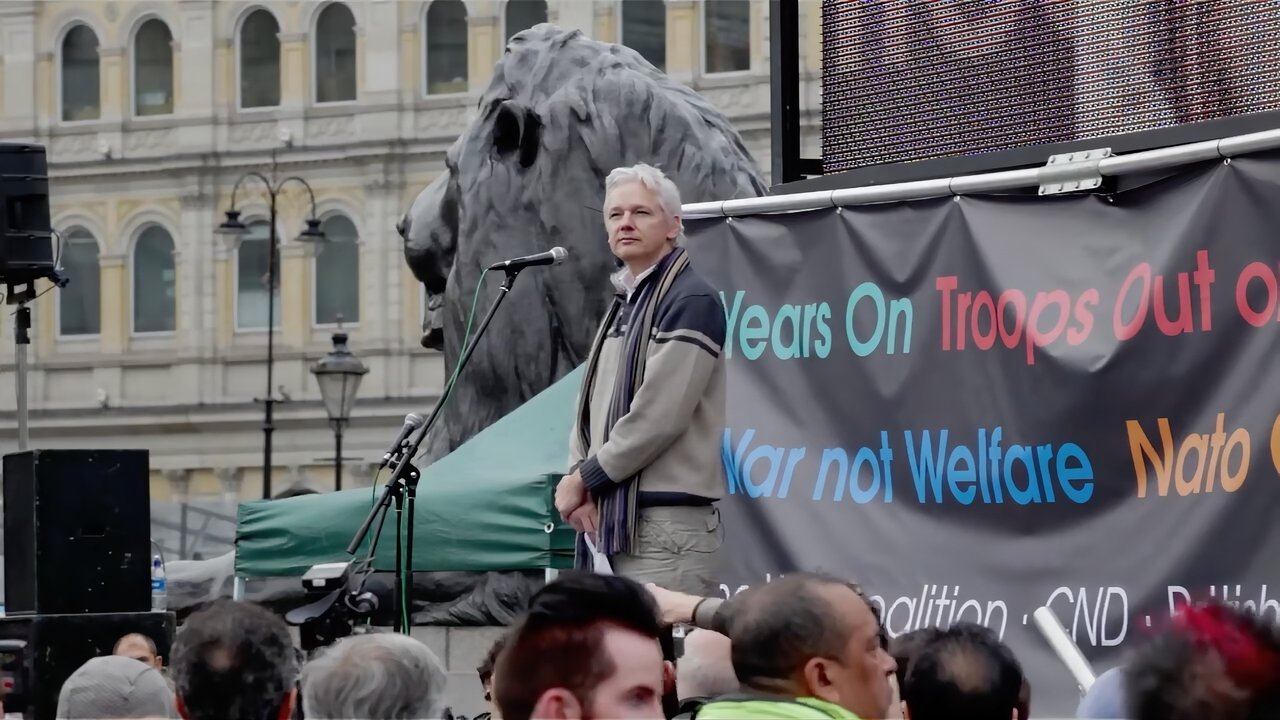
The Trust Fall: Julian Assange(2024)
Examining the meaning and significance of the insights that WikiLeaks shared with the world, the resulting behaviour of the governments involved, the extraordinary personal risk taken by Assange, and the wider fundamental issues around press freedom that affect all of us and our right to know.
Movie: The Trust Fall: Julian Assange
Top 10 Billed Cast
Self
Self
Similar Movies
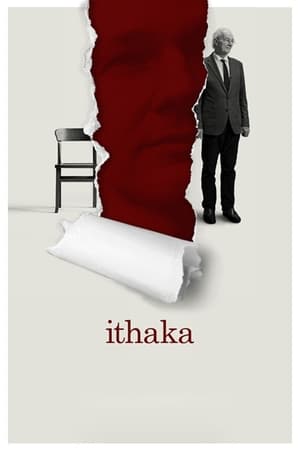 8.3
8.3Ithaka(en)
The campaign to free Julian Assange takes on intimate dimensions in this documentary portrait of an elderly man’s fight to save his son. Arguably the world’s most famous political prisoner, WikiLeaks founder Julian Assange is a figure pretty much everybody has an opinion about; perhaps more importantly, he serves as the emblem of an international arm wrestle over freedom of journalism, government corruption and unpunished war crimes. For his family members who face the prospect of losing him forever to the abyss of the US justice system, however, this David-and-Goliath struggle is personal – and, with his health declining in a British maximum-security prison and American government prosecutors pulling out all the stops to extradite him, the clock is ticking.
 0.0
0.0Eyewar(en)
What threads of history bind Manhattan's Ground Zero to those of Nagasaki and Hiroshima? Or connect sight to truth, games to war, or the silkworm to the drone? What does the United States hold to be the role of science in warfare? How has war historically been waged in Buddhist traditions? These are some of the topics addressed in Eyewar: 80 minutes of found footage which traces the development of the digital image from the maps of the second century to the screens of the twenty-first, and the uses of the field of cybernetics from Japan in the 1940s to Chile in the 1970s and Iraq in the 1990s.
 0.0
0.0A Dangerous Boy(en)
Sigurdur Thordarson, known as Siggi, becomes a hacker at 12, exposing Icelandic bank corruption at 14. Branded the "teenage whistleblower," he joins WikiLeaks in 2010, mentored by Julian Assange. Siggi leaks globally, but clashes with Assange, prompting him to spy for the FBI at 18. This tale weaves paranoia, hacking, and friendship, portraying Siggi's turbulent journey from trust to betrayal, revealing a heart-wrenching coming-of-age narrative.
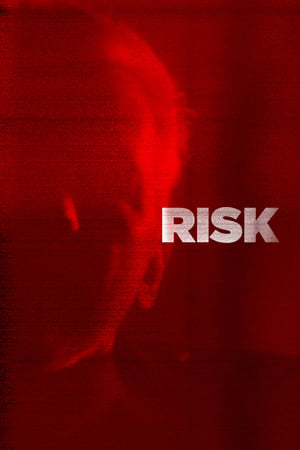 6.6
6.6Risk(en)
Capturing the story of WikiLeaks founder Julian Assange with unprecedented access, director Laura Poitras finds herself caught between the motives and contradictions of Assange and his inner circle in a documentary portrait of power, betrayal, truth and sacrifice.
 6.0
6.0Hacking Justice(en)
Since he took on the case in 2012, defending Julian Assange has put judge Baltasar Garzón's talent and ability to the test. They've won a few battles, but nobody knows how the war will end.
Wikileaks – USA against Julian Assange(de)
The film tells the story of the rise and fall of Julian Assange. Once a celebrated publicist and over the years decried as an eccentric, spy and rapist. The documentary shows a differentiated picture of Julian Assange and Wikileaks. For the first time in German television Assange’s fiancée gives an interview. Further interviews, amongst others, with former CIA-director Leon Panetta, Edward Snowden and John Shipton.
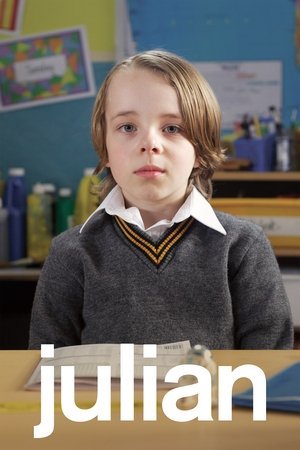 6.8
6.8Julian(en)
In school, 9-year old Julian gets into trouble for squealing a bully and therefore disturbing class.
 0.0
0.0Damage(en)
Ali is not a citizen. He drives a taxi using another man’s license and relies on the GPS to negotiate his way around a city he doesn’t know. His passenger, Esther is an old woman who can’t remember where she is going. She is angry because she has been stripped of everything that is familiar to her and she doesn't recognise the world anymore. They travel through the night in search of a vague destination while surveillance cameras mark their journey, coldly omitting the human element, defining who belongs and who does not, who is safe and who is not. What they have in common is their damage – she can’t remember and he can’t forget.
Locked Off(en)
Rave Culture is one of Britain’s great cultural exports, but after its first wave in the late eighties and early nineties, it was soon forced into the underground by stringent new laws and superclubs. But forward 25 years into in the midst of a nationwide purge on the nation’s nightlife, where nearly half of all British clubs have shut down in the last decade, and a new kind of scene has emerged. Clive Martin investigates this 21st century version of Rave, where young people break into disused spaces with the help of bolt-cutters and complicated squatting laws, to suck on balloons and go hard into the early morning. But with the police using increasingly extreme tactics to clamp down on these parties, and more than one fatality causing nationwide media panic, can the scene survive?
The Home Cinema of the Dardenne Brothers(fr)
A “Cinéma, de notre temps” series episode directed by french film filmmaker Jean-Pierre Limosin, originally aired sometime around 2006.
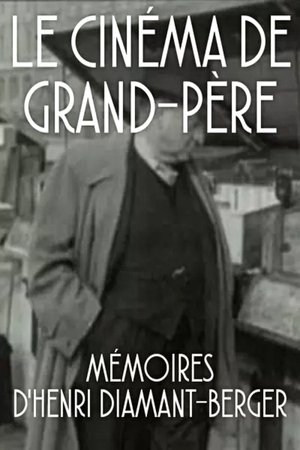 0.0
0.0Le Cinéma de grand-père(fr)
Remarkable life story of Henri Diamant-Berger, a director and screenwriter whose devotion to cinema led him to collaborate with some of the greatest actors and filmmakers of his time.
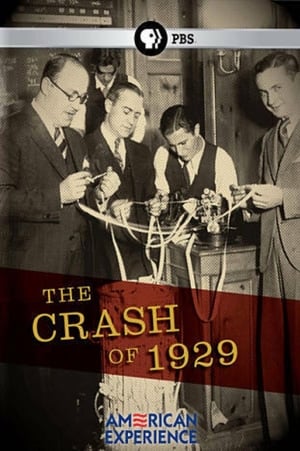 0.0
0.0The Crash of 1929(en)
Based on eight years of continued prosperity, presidents and economists alike confidently predicted that America would soon enter a time when there would be no more poverty, no more depressions -- a "New Era" when everyone could be rich. But when reality finally struck, the consequences of such unbound optimism shocked the world.
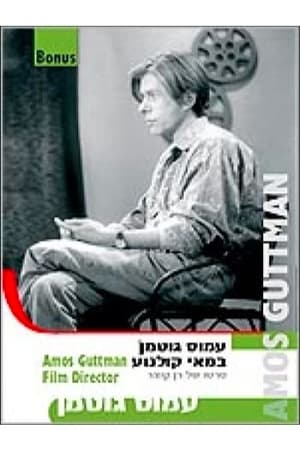 5.0
5.0Amos Guttman: Filmmaker(he)
From 1977 to his untimely death in 1993, Amos Guttman directed six films, all of them deeply personal reflections of his own life. Interviews with lovers, family and friends--including some of the most important people in Israeli cinema--tell the gripping story of a strikingly handsome, charismatic and deeply passionate gay man who has become a revered cult figure in Israeli cinema.Interviews with the late filmmaker and fascinating footage of him on the set convey the same passion that comes through in scenes from his films, lovingly selected by documentarian Ran Kotzer. Like Fellini, Guttman transformed his dreams and everyday conversations with friends and family into integral parts of his pictures. He is most remarkable for his striking and original use of the frame. Every shot is a treasure. Amos Guttman dared to portray subjects that were taboo in his society, and his search for the right of individual expression is the connecting link of his works.
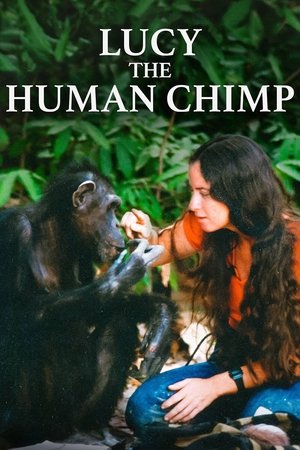 6.3
6.3Lucy the Human Chimp(en)
The profound story of Lucy Temerlin, a female chimpanzee raised as human from birth in a domestic environment, and Janis Carter, the woman who took on the seemingly impossible task of giving her a new life in the wild.
 6.0
6.0The Incredible Dr. Pol: A 200th Polapalooza(en)
The one and only Dr. Pol has hit an incredible milestone – 200 episodes! Stroll down memory lane as we look back on highlights from the last decade. Doc, Charles & Diane join in on the fun, watching & reacting to these unforgettable moments right alongside you. Plus, get a first look at never-before-seen footage from the series. It's two jam-packed hours of nonstop Pol-ness you don't want to miss!
Dancing with the Incas(en)
Documentary about the most popular music of the Andes -- Huayno music -- and explores the lives of three Huayno musicians in a contemporary Peru torn between the military and the Shining Path guerrillas.
 5.0
5.0Naked Spaces: Living Is Round(en)
Shot with stunning elegance and clarity, NAKED SPACES explores the rhythm and ritual of life in the rural environments of six West African countries (Mauritania, Mali, Burkino Faso, Togo, Benin and Senegal). The nonlinear structure of NAKED SPACES challenges the traditions of ethnographic filmmaking, while sensuous sights and sounds lead the viewer on a poetic journey to the most inaccessible parts of the African continent: the private interaction of people in their living spaces.
 7.0
7.0Heavenly Voices(en)
Heavenly Voices tells the story of the castrato phenomenon, and how the most gifted amongst these singers rose to international stardom. Max Emanuel Cencic and Philippe Jaroussky, two of today's singing stars, take us back in time and talk about operatic entertainment in the Baroque Age. This is illustrated by paintings and prints from the time as well as major performances of today. In this film, many countertenors are featured in famous roles and in interviews, amongst them Jochen Kowalski, Andreas Scholl, David Daniels, Daniel Behle and Valer Barna-Sabadus.








